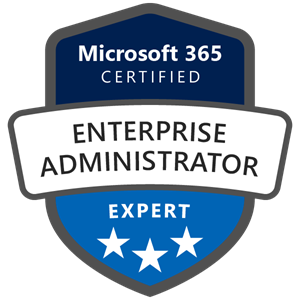There's no such thing really. Autopilot is more of an umbrella term for a set of functionalities that enables provisioning of a Windows endpoint. As soon as Windows setup completes, MDM policy (from Intune in this case) will begin flowing to the device and begin being applied -- in normal Autopilot scenarios, this is indicated to the end-user by the ESP. This includes policies/profiles and app assignments which are shown and tracked on the ESP page. If any of these initiate a reboot, the user will be prompted for their credentials again because there's no way to securely cache a user's credentials. If you are not watching the process end-to-end, you can review the system's event logs and MDM diagnostic logs to determine if a reboot is happening during ESP due to an MDM/Intune policy or application assignment.
aha.. from the log; microsoft-windows-devicemanagement-enterprise-diagnostics-provider-admin:
The following URI has triggered a reboot: (./Device/Vendor/MSFT/Policy/Config/ExploitGuard/ExploitProtectionSettings)
I see we had some endpoint security policies, so I testet excluding the device from our exploitguard policy settings, wiped the device-->new login with TAP.... voila!
Enrollment now finishes without the reboot, WhfB setup pops up, all is good! thanks @Jason Sandys for helping to pinpoint this!
however, does this mean that the TAP/passwordless scenario is incompatible with any settings or policy that causes reboot during enrollment/ESP? (before WhfB setup)




